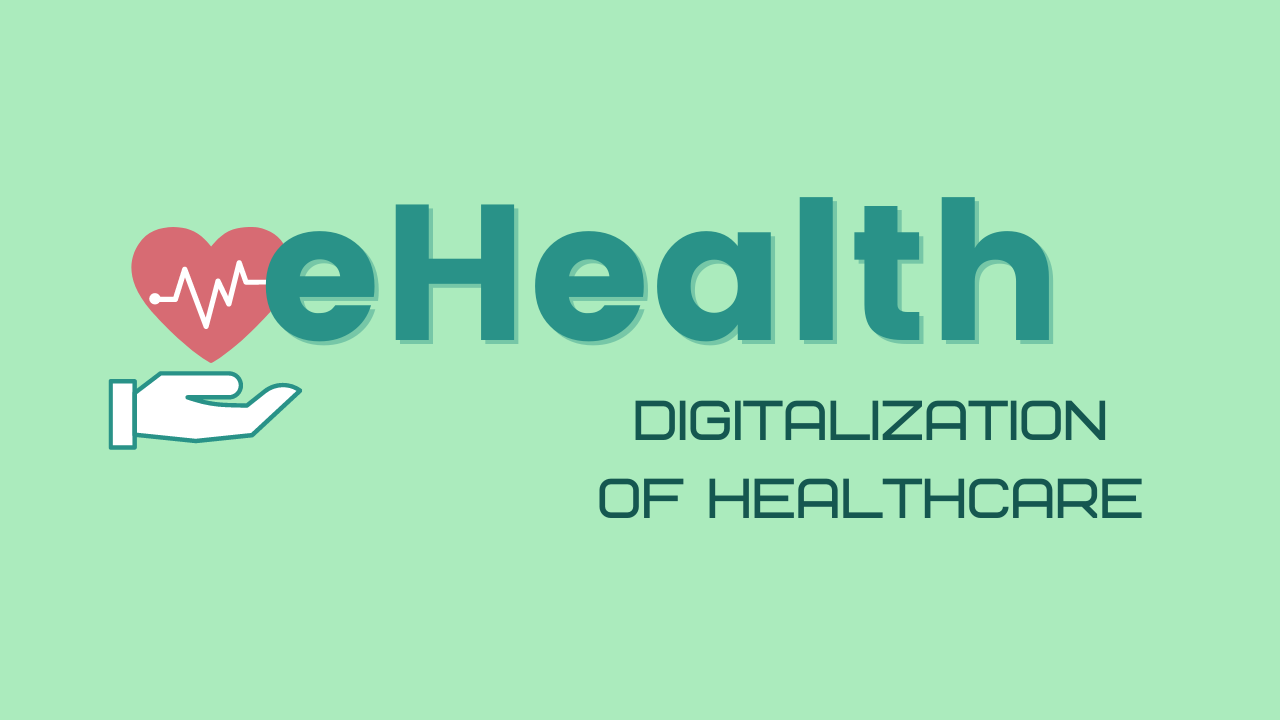
eHealth
Overview
eHealth, generally known as electronic health and fitness or healthcare engineering, refers to the usage of electronic interaction and information know-how inside the Health care business. It encompasses a variety of technologies and apps aimed at strengthening the efficiency, efficiency, and high-quality of healthcare shipping.
Targets of eHealth
The key aims of eHealth can be summarized as follows:
Improved Use of Health care: By leveraging digital technologies for example telemedicine and distant affected individual monitoring, eHealth aims to enhance use of Health care solutions for individuals residing in distant locations or with constrained mobility.
Increased High quality of Care: By way of applications like Digital well being information (EHRs) and medical final decision support methods (CDSS), eHealth seeks to boost the caliber of care by facilitating precise and well timed facts Trade among the Health care gurus.
Patient Empowerment: By supplying people with access to their medical records, personalized well being apps, and online educational resources, eHealth empowers individuals to take an Lively role in running their own health.
Cost Performance: Using digital platforms can help reduce administrative prices affiliated with paper-dependent programs even though enabling effective coordination in between various stakeholders within the Health care ecosystem.
Essential Programs of eHealth
Several vital apps contribute to acquiring the aims outlined over:
Digital Wellbeing Information (EHRs):
EHRs are electronic versions of patients' professional medical data that may be conveniently accessed by approved Health care suppliers involved in a client's care. They offer an extensive look at of a individual's medical historical past, lab outcomes, prescription drugs prescribed, allergies, and various pertinent scientific information.
Telemedicine:
Telemedicine will involve delivering Health care remotely through video clip conferencing or cellular phone calls. It allows Medical practitioners to consult with sufferers who cannot physically take a look at hospitals or clinics because of geographical constraints or mobility troubles.
Cell Well being (mHealth) Apps:
mHealth applications are smartphone applications that give various healthcare expert services, such as tracking crucial signals, reminding individuals to consider drugs, furnishing access to wellness education and learning products, and facilitating communication with healthcare companies.
Remote Individual Monitoring (RPM):
RPM makes it possible for Health care gurus to observe a patient's important indicators and also other wellbeing parameters remotely working with wearable products or sensors. This allows early detection of health concerns and well timed interventions.
Wellbeing Facts Trade (HIE):
HIE includes the safe sharing of individual data throughout unique Health care companies, making certain seamless coordination and continuity of care between vendors in various configurations.
Medical Selection Support Units (CDSS):
CDSS leverage synthetic intelligence algorithms to research health-related information and assist Health care pros in producing evidence-centered selections relating to diagnosis, procedure options, drug interactions, and a lot more.
Wellness Wearables:
They are wearable equipment like Exercise trackers or smartwatches that will collect physiological facts on an individual's training routines, heart rate designs, sleep excellent, and even more.
Benefits of eHealth
The adoption of eHealth delivers a number of Added benefits for the two individuals and the overall Health care method:
Enhanced Efficiency: eHealth streamlines administrative jobs by reducing paperwork and enabling the electronic Trade of information amid stakeholders linked to individual care.
Increased Communication: Digital health and fitness resources aid effective conversation involving patients and their Health care vendors whilst also advertising and marketing collaboration among distinct experts linked to a affected person's treatment method approach.
Access to Specialized Care: Telemedicine lets patients residing in remote locations or underserved communities to consult with expert doctors who may not be physically present nearby.
Timely Interventions: By way of distant checking units or cell apps that offer alerts or reminders for medication adherence or stick to-up appointments, eHealth will help protect against troubles by facilitating early interventions.
Enhanced Affected individual Results: By providing convenient access to healthcare details on the internet as well as customized wellness assistance, eHealth empowers individuals to actively engage in their particular healthcare and manage chronic conditions effectively.
Challenges and Fears
Though the implementation of eHealth comes along with quite a few Rewards, In addition, it presents worries and problems that must be tackled:
Privateness and Protection: Defending affected person get more info data from unauthorized entry is a major concern during the electronic health and fitness landscape. Sturdy security steps, compliant with appropriate privacy restrictions, need to be implemented to ensure facts confidentiality.
Interoperability: Distinct Health care programs and applications might not usually seamlessly talk to each other resulting from insufficient interoperability benchmarks. Making certain economical exchange of data across platforms is vital for in depth client care.
Digital Divide: Not Anyone has equal entry to electronic technologies or possesses the required electronic literacy abilities expected for utilizing eHealth equipment effectively. Bridging the digital divide will become essential to make certain equitable access to Health care expert services.
Regulatory Compliance: The dynamic nature of know-how frequently surpasses current regulatory frameworks. To totally leverage the key benefits of eHealth though safeguarding patient rights, rules have to have to keep tempo with technological improvements without the need of stifling innovation.
Conclusion
eHealth plays a pivotal part in modernizing healthcare delivery by harnessing engineering for enhanced obtain, quality of care, affected person empowerment, and value effectiveness. The common adoption of Digital conversation instruments, telemedicine products and services, cell health apps, remote checking systems, as well as other progressive answers contributes in direction of a more connected and affected person-centered method of healthcare provision. On the other hand, addressing worries connected to privateness defense, interoperability expectations compliance bridging inequality gaps in Online accessibility are very important techniques toward attaining the full potential of eHealth.